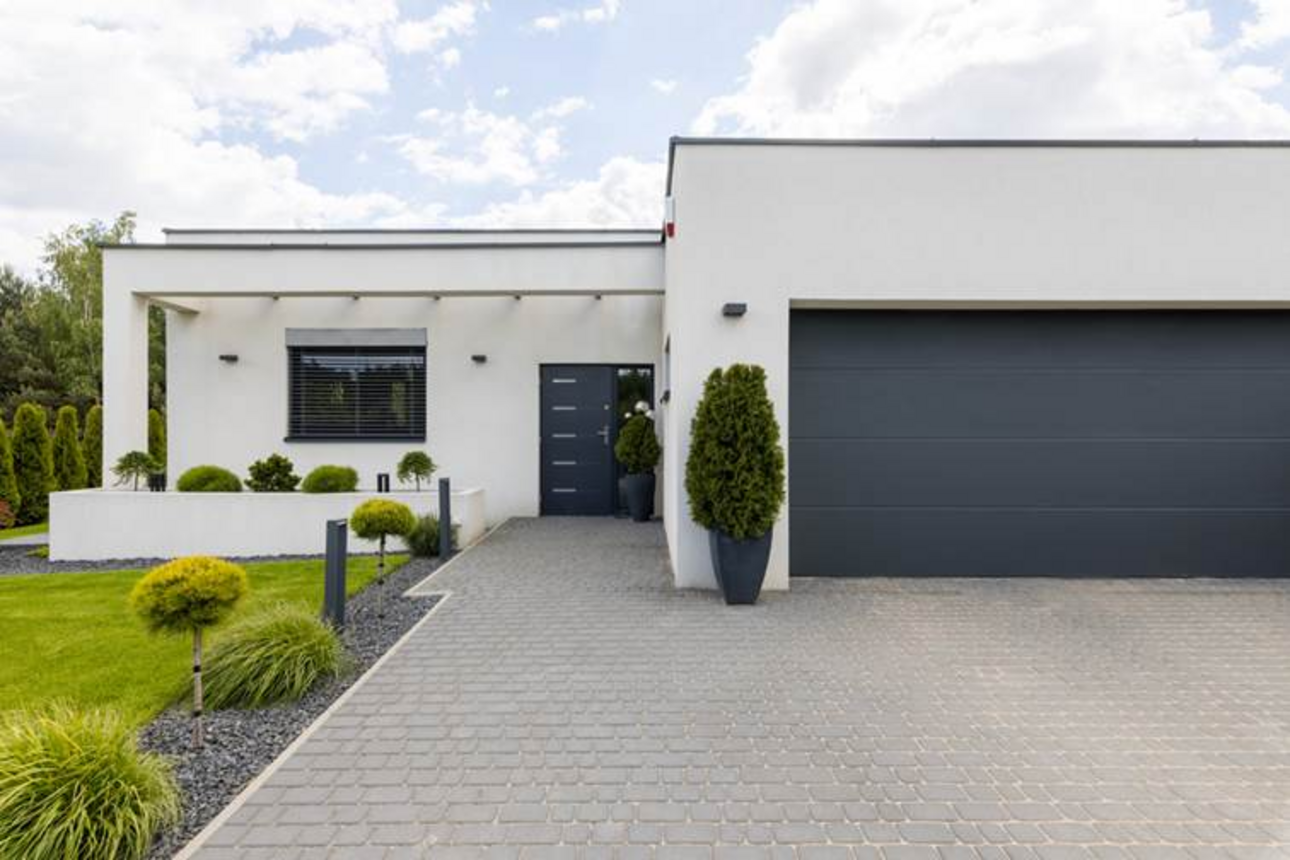
The single-family home construction market in the Hauts-de-France region is booming.
Between the timeless charm of traditional houses and the clean lines of contemporary homes, future homeowners often hesitate when making their choice. Yet each style has its own specific requirements, whether in terms of budget, comfort, lifestyle or integration into the landscape.
So, should you opt for a traditional house that draws its inspiration from regional architectural codes, or a contemporary home that embraces modernity and new technologies? Here's a look at the trends in the Nord and Pas-de-Calais regions.
The traditional house is still the preferred choice for many households. Its main advantage is that it blends harmoniously into the local landscape.
In Hauts-de-France, the traditional house is inspired by regional architecture: red bricks from the coalfields, slate roofs in Pas-de-Calais, and Flemish influences with gabled roofs. This type of construction reflects the identity of the Nord region, giving you a house that reflects local history and aesthetics.
Brick is ubiquitous in regional construction, and remains the leading material for traditional houses. It offers durability, insulation and a unique cachet. Combined with tiles or slate, it gives a warm, authentic look.
On the other hand, the traditional house can sometimes appear less flexible in terms of interior design. Its volumes are often more traditional, with a clear separation between rooms.
Faced with classic codes, the contemporary house seduces with its originality and functionality.
The contemporary house favours straight lines, flat roofs, large bay windows and openness to the outdoors. Natural light is at the heart of the design, allowing you to take full advantage of the interior spaces.
Contemporary homes often incorporate the latest innovations in home automation, heating and insulation. They meet current energy requirements, such as the RE 2020 standard, guaranteeing reduced consumption and optimum comfort.
However, this type of construction sometimes requires a higher budget, particularly for technological materials and equipment. What's more, in certain listed or very traditional areas, obtaining planning permission for a contemporary house can be more complex.
In the Nord and Pas-de-Calais regions, the choice between traditional and contemporary depends on a number of factors: plot location, budget, aesthetic preferences and expectations in terms of comfort.
In towns like Lille, Arras and Valenciennes, the traditional house is still the preferred choice, not least because it respects the architectural harmony of the neighbourhood. However, contemporary projects are finding their place in urban development areas and recent housing estates.
In outlying communities, land offers greater architectural freedom. Families in search of modernity are increasingly turning to contemporary designs, taking advantage of green surroundings and large plots to experiment with original shapes.
According to the region's developers and builders, around 60% of projects are still traditional, but the proportion of contemporary projects is increasing every year, particularly among young families who are sensitive to energy and environmental issues.
The choice depends above all on the lifestyle and priorities of each family.
In all cases, it's essential to be accompanied by an experienced builder, capable of designing a bespoke project that's adapted to your plot, budget and aesthetic preferences.
By choosing a local builder, you benefit from a thorough knowledge of the market and the specific characteristics of the region. Leading names such as Maisons du Nord offer both traditional and contemporary models, with the option of personalising each project. Their expertise in the Hauts-de-France region guarantees construction that meets both current standards and the expectations of future homeowners.
Between tradition and modernity, Northern France offers a wide range of possibilities for building your ideal home. Families attached to the region's charm will opt for a traditional home, while those with an eye for innovation will prefer a contemporary house.
In all cases, the important thing is to surround yourself with a reliable builder, capable of turning a vision into reality. Because whether it's red bricks or minimalist lines, a detached house is a project of a lifetime, where every detail counts.